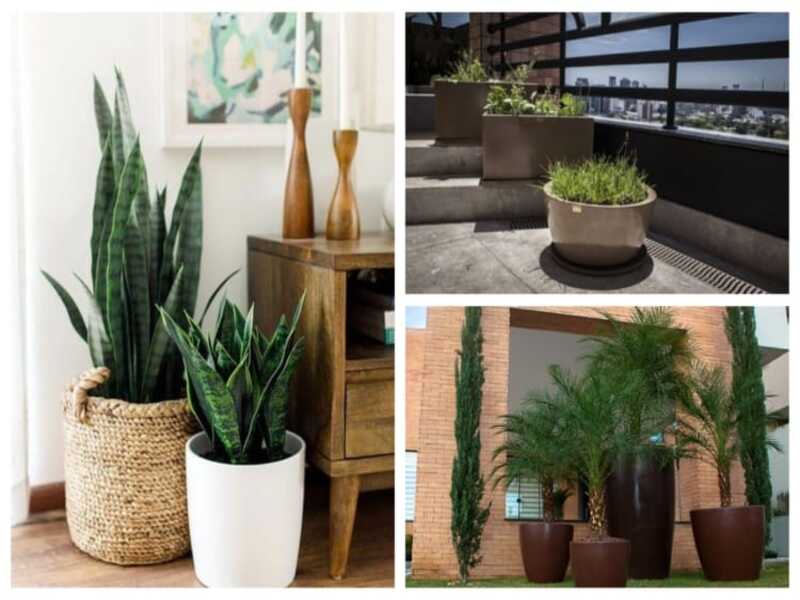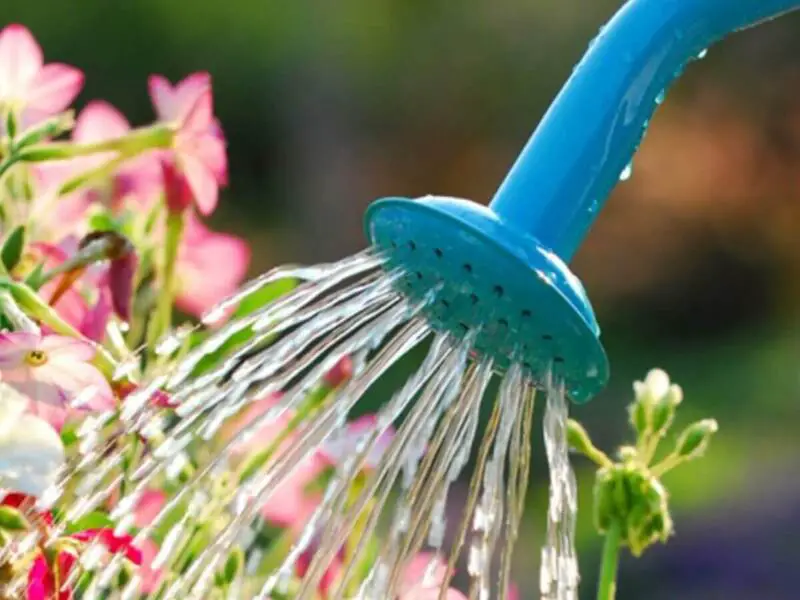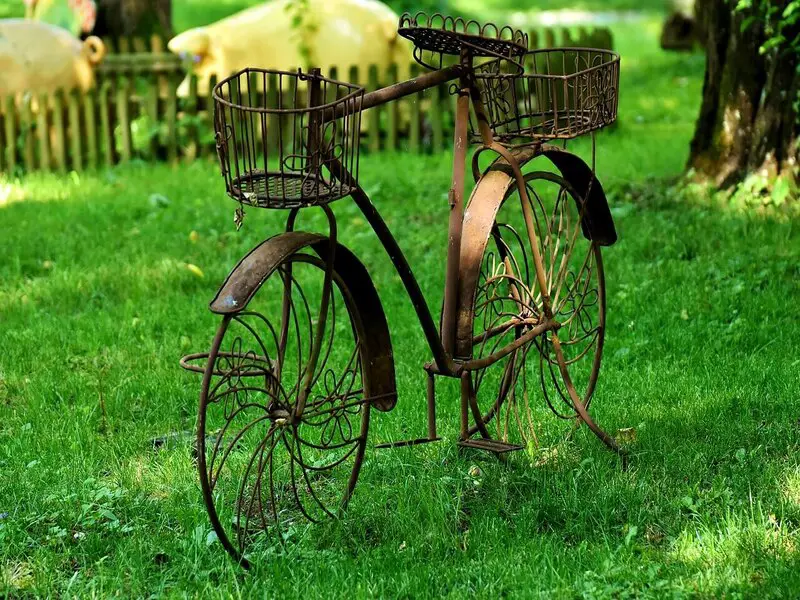If you’re an avid gardener, you know that choosing the right pot is essential for the health and growth of your plants. With so many types of pots available, it can be overwhelming to decide which one is the best fit for your plants. The pot you choose will directly impact the amount of moisture and nutrients available to the roots, which can affect the overall well-being of your plants. In this article, we will provide you with some helpful tips on how to choose the best type of pot for each plant. Whether you’re a beginner or an experienced gardener, these guidelines will ensure that your plants thrive in their new home.
Why Choosing the Right Pot is Important
When it comes to growing plants, choosing the right pot is just as important as selecting the right soil and providing the right amount of water and sunlight. The pot you choose plays a crucial role in the health and growth of your plants, as it directly affects the amount of moisture and nutrients available to the roots. If you choose the wrong type of pot, it could lead to various problems such as root rot, stunted growth, or even death of the plant.
For example, if you choose a pot that is too small for your plant, the roots will become crowded and eventually start circling around the bottom of the pot. This can lead to root bound, which is a condition where the roots are so tightly packed that they cannot absorb enough water and nutrients. As a result, the plant will start to show signs of stunted growth and wilting.
On the other hand, if you choose a pot that is too big for your plant, it could lead to overwatering, which can also cause root rot. When there is too much soil in the pot, it retains more water than the plant can absorb, leading to waterlogged soil and suffocated roots. This can cause the plant to become weak and vulnerable to diseases and pests.
Choosing the right pot size, material, and shape is essential for ensuring that your plants have the best possible growing conditions. It’s important to do some research and consider the specific needs of your plants before making a decision. By selecting the right pot, you can help your plants thrive and flourish for years to come.

Factors to Consider When Choosing a Pot
When choosing a pot, there are several factors you need to consider:
Plant Size
When it comes to choosing the right pot for your plants, size matters. The size of the pot should match the size of the plant, as this will directly impact the growth and health of the plant. If the pot is too small, the plant will become root-bound and won’t have enough space to grow. If the pot is too big, it could lead to overwatering and root rot.
Root-bound is a condition where the roots have outgrown the pot and become tightly packed. When a plant becomes root-bound, it struggles to absorb enough water and nutrients, which can result in stunted growth, wilting, and eventually, death. Therefore, it’s important to choose a pot that allows the roots to grow freely and has enough space for the plant to thrive.
On the other hand, if you choose a pot that is too big for your plant, it could lead to overwatering. When there is too much soil in the pot, it retains more water than the plant can absorb, which can lead to waterlogged soil and suffocated roots. Overwatering can cause root rot, a fungal disease that attacks the roots and causes them to rot, which can be fatal to the plant.
To choose the right pot size, it’s important to consider the size of your plant, its growth rate, and the type of plant you have. Some plants grow faster than others, and some have larger root systems, so it’s important to choose a pot that allows for adequate growth. Additionally, make sure the pot has drainage holes to allow excess water to escape and prevent waterlogging.
Material
When it comes to choosing the perfect pot for your plants, the material of the pot is just as important as the size. There are many types of materials to choose from, including plastic, ceramic, clay, and metal, each with its own set of advantages and disadvantages.
Plastic pots are one of the most common and affordable types of pots available in the market. They are lightweight, easy to move around, and come in a wide range of sizes and colors. However, they don’t provide the best insulation for the plant roots, and they may not be as durable as other materials.
Ceramic pots are another popular choice, known for their decorative appeal. They come in a wide range of shapes, sizes, and designs, making them perfect for both indoor and outdoor settings. They also provide good insulation for the plant roots, keeping them warm in cooler weather. However, ceramic pots can be heavy and fragile, and they may crack or break if dropped or mishandled.
Clay pots are a traditional choice for gardeners, known for their breathability and moisture retention. They allow air and moisture to pass through the pot, promoting healthy root growth and preventing overwatering. However, clay pots can be heavy, breakable, and more expensive than other materials.
Metal pots, such as copper, aluminum, and stainless steel, are gaining popularity in recent years. They are lightweight, durable, and can add a modern touch to your indoor or outdoor space. Metal pots are also good at retaining moisture and keeping roots cool during hot weather. However, they can be expensive, and some metals, such as copper, can be toxic to plants in high concentrations.
Drainage
In addition to the size and material of the pot, proper drainage is a crucial factor to consider when choosing the perfect pot for your plant. The pot you choose should have enough drainage holes to allow excess water to escape. Without proper drainage, excess water can accumulate in the bottom of the pot, leading to waterlogged soil and root rot.
When selecting a pot, look for one with several drainage holes in the bottom. The number and size of the drainage holes depend on the size of the pot and the type of plant you are growing. Generally, larger pots require more drainage holes than smaller pots to ensure adequate drainage.
If you have a pot that doesn’t have enough drainage holes, you can drill additional holes in the bottom using a drill bit. Just make sure to do it carefully, as cracking the pot can cause irreparable damage. Alternatively, you can add a layer of rocks or gravel to the bottom of the pot to improve drainage. This helps to create space for excess water to collect and drain away from the plant’s roots.
Proper drainage is essential for the health and growth of your plant. It allows excess water to escape, preventing waterlogging and root rot. When selecting a pot, make sure to choose one with enough drainage holes or add them yourself. This simple step can make a significant difference in the health and well-being of your plant.
Shape
Apart from the size, material, and drainage of the pot, the shape of the pot can also have a significant impact on the health of your plant. The shape of the pot can determine how well the roots of your plant grow and can affect its overall health.
The shape of the pot you choose should match the root structure of your plant. For instance, plants with deep root systems require tall and narrow pots to accommodate their roots. This allows the roots to grow downwards, creating a strong foundation for the plant. On the other hand, plants with shallow roots require wider and shallower pots that allow the roots to spread out horizontally.
Another factor to consider when selecting the shape of the pot is the type of plant you are growing. For example, if you are growing a plant that is top-heavy, you might want to choose a wider pot to prevent it from tipping over. Similarly, if you are growing a plant that grows in a vine-like manner, you may want to choose a tall and narrow pot to allow the plant to climb upwards.
Types of Pots
Now that you know what factors to consider when choosing a pot, let’s look at the different types of pots available.
Plastic Pots
Plastic pots are a common choice among gardeners because they offer several benefits. One of the significant advantages of plastic pots is their lightweight nature, which makes them easy to move around. They are also affordable and available in various colors and sizes, making them a popular choice for gardeners on a budget.
In addition to being lightweight and affordable, plastic pots are also durable and can withstand harsh weather conditions, making them an excellent choice for outdoor use. They are also relatively low-maintenance, and they do not require frequent watering due to their ability to retain moisture.
However, one disadvantage of plastic pots is that they may not be as aesthetically pleasing as other types of pots. This is because plastic pots have a basic, utilitarian appearance that may not complement the beauty of your plants. Another drawback of plastic pots is that they can break down over time, especially when exposed to direct sunlight, which can cause the plastic to become brittle and crack.
Ceramic Pots
Ceramic pots are an excellent choice for gardeners looking for a more aesthetically pleasing option that can add a touch of elegance to their garden. They are available in a variety of shapes and colors, making them an excellent option for those looking for unique, eye-catching designs.
Ceramic pots are also durable and can last for years if taken care of properly. They are great for plants that require a lot of moisture, as they have a high water retention capacity. This means that the soil in ceramic pots will stay moist for longer periods, which can be beneficial for plants that require constant moisture.
However, one significant disadvantage of ceramic pots is that they are relatively heavy, which can make them challenging to move around. They are also more expensive than other types of pots, which can be a limiting factor for gardeners on a tight budget.
Another drawback of ceramic pots is that they can be fragile and are prone to cracking or chipping if dropped or mishandled. This can be a concern for gardeners who have pets or children playing in their garden.
Clay Pots
Clay pots are a popular option among gardeners due to their porous nature, which allows air and water to pass through the walls. This means that plants grown in clay pots will have good drainage, which is essential for their overall health and growth.
One of the major advantages of clay pots is that they are relatively inexpensive and can be found in a wide range of sizes and shapes. This makes them a versatile option for gardeners who are looking to add variety to their garden without breaking the bank.
However, clay pots can be fragile and break easily, which can be a major drawback for some gardeners. They are also more susceptible to cracking and chipping than other types of pots, which can lead to leakage and damage to the plants inside. This means that gardeners who choose to use clay pots must handle them with care to avoid any damage.
Another disadvantage of clay pots is that they tend to dry out quickly, which can be a problem for plants that require constant moisture. As clay pots are porous, they allow water to evaporate more quickly than other types of pots. This means that gardeners must water their plants more frequently when using clay pots to ensure that they stay healthy and hydrated.
Metal Pots
Metal pots are a great option for those who want a durable and lightweight option. They can withstand harsh weather conditions and are easy to move around. Metal pots come in a variety of colors and shapes, making them a popular choice for modern gardens. However, metal pots can get hot in direct sunlight, which can be harmful to some plants.
To prevent overheating, consider placing the pot in a shaded area or adding a layer of insulation between the pot and the soil. Additionally, metal pots may not be the best choice for plants that require a lot of moisture, as they can become too hot and dry out the soil quickly. Overall, metal pots are a great option for those looking for a long-lasting and stylish option for their garden.
Conclusion
Choosing the right pot is crucial for the health and growth of your plants. Consider the factors mentioned above when choosing a pot, including plant size, material, drainage, and shape. Each type of pot has its own advantages and disadvantages, so choose the one that best suits your needs. By following these guidelines, you can ensure that your plants thrive and flourish in their new home.




